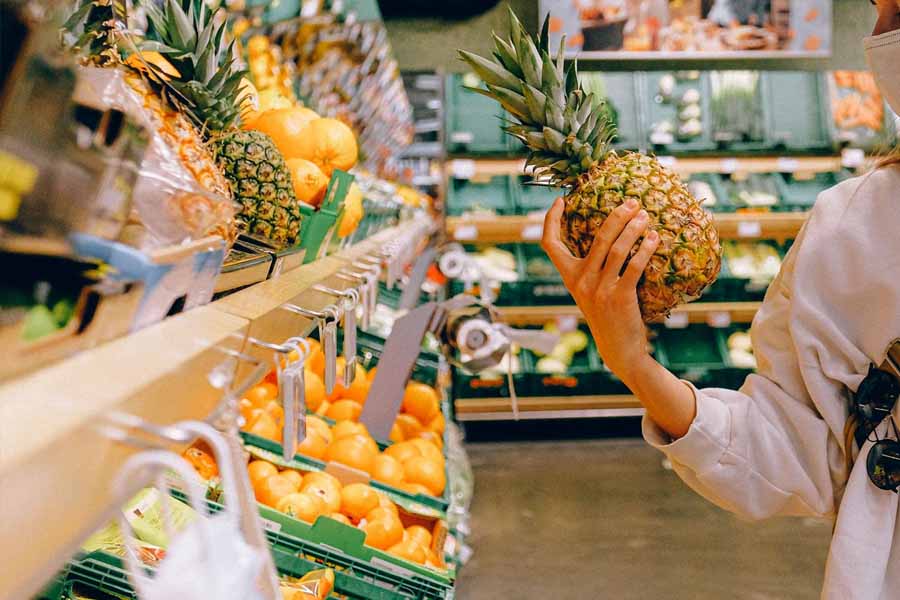Embracing the practice of shopping for seasonal produce can be a rewarding journey, offering a plethora of benefits for your health, the environment, and your wallet. If you’re new to this concept, the idea might seem daunting at first—how do you know what’s in season, where to find it, or how to incorporate these items into your meals? Fear not, as this beginner’s guide is here to walk you through the basics of shopping seasonally, making the process enjoyable and straightforward.
Understanding Seasonality
The first step to seasonal shopping is understanding what “in season” means for your area. Seasonality can vary greatly depending on your geographic location, but generally, it refers to the time when fruits and vegetables are naturally at their peak of flavor and nutritional content. To get started, look for a seasonal produce guide specific to your region—many are available online or at local farmers’ markets. These guides can help you learn which items to look for during different times of the year.
Navigating Your Local Farmers Market
Farmers’ markets are treasure troves of seasonal produce, offering fresh, locally-grown fruits and vegetables that supermarket shelves can’t match. Here, you can talk directly with farmers about their growing practices, learn more about where your food comes from, and even discover new produce varieties you might not find elsewhere. To make the most of your visit, arrive early for the best selection, bring reusable bags, and don’t be afraid to ask questions. Farmers are usually eager to share tips on how to prepare their produce.
Seasonal Shopping at Supermarkets
While farmers’ markets are ideal for seasonal shopping, supermarkets also offer a wide variety of in-season produce. The key is knowing how to identify these options. Look for signs or labels that indicate local sourcing, and pay attention to price and freshness—seasonal produce is often more affordable and visually appealing. Additionally, supermarkets increasingly highlight seasonal items, making them easier to find. Remember, the closer the source of your produce, the more likely it is to be in season.
Planning Seasonal Meals
Shopping seasonally also means adapting your meal planning and cooking to accommodate what’s available. This approach not only diversifies your diet but also enhances the flavors of your meals. Start by choosing a few seasonal items to build your meals around each week, and use online resources or cookbooks focused on seasonal cooking for inspiration. Flexibility is key—be open to trying new ingredients and substituting them into your favorite recipes based on what’s in season.
Conclusion
Transitioning to a seasonal shopping habit doesn’t happen overnight, but with a little effort and curiosity, it can become a rewarding part of your lifestyle. Not only does it contribute to a more sustainable and ethical food system, but it also reconnects you with the natural cycles of the earth, enriching your culinary experience and nourishing your body with the freshest, most flavorful produce available. Start small, be patient with yourself, and enjoy the journey of discovering the bounty each season has to offer.








0 Comments